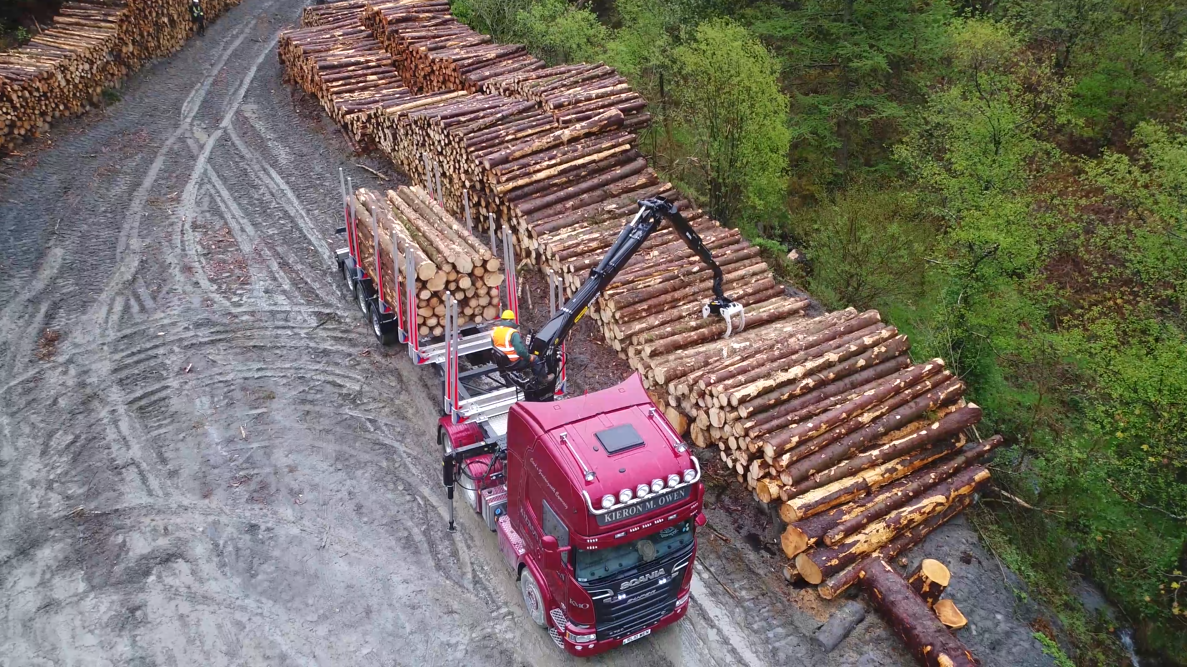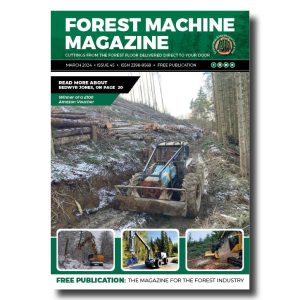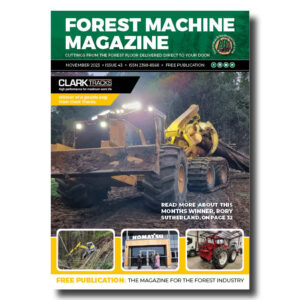The 73rd edition of the International Softwood Conference was held on 22–23 October 2025 in Oslo, Norway.
The European softwood market has endured another challenging year, but there is renewed hope for 2026, delegates at the International Softwood Conference (ISC) in Norway have heard.
The October 22/23 event in Oslo was the 73rd edition of the ISC and was hosted by Treindustrien, which co-organised the event with the two usual partners: the European Organisation of the Sawmill Industry (EOS) and the European Timber Trade Federation (ETTF).

-
That’s a remarkable amount of work hours for a single machine, the Norcar 600 owned by Erkki Rinne is taken well care of, it even has the original Diesel engine.
-
Kieran Anders is a forestry contractor working in the lake district. His work involves hand cutting and extracting timber using a skidder and tractor-trailer forwarder.
-
It is not possible to eliminate chain shot, but there are simple steps that can be taken to reduce the risk.
-
Arwel takes great pride in the fact that the mill has no waste whatsoever, “the peelings are used for children’s playgrounds, gardens and for farm animals in barns in the winter and the sawdust has multiple uses in gardens and farms as well.
-
Timber hauliers need to encourage young blood in, and also look after the hauliers we have, we need make the sector a safe and positive place to work.
FIND US ON
Related Posts
The event drew over 260 participants from around the world.
An economic overview of the softwood market was delivered by Johan Freij, who stressed the exceptional uncertainty facing the world today, with many trends pointing to structural inflation affecting economies for the years to come. On the brighter side, he said cash injections into the European economy could revive the outlook.
Key points mentioned by speakers included challenges with log supply but promising signs, including the potential to improve log yields.
Overall, the sector was encouraged to be bolder in communicating the benefits of using wood to tackle climate change, not only for storage but also as a substitute for more carbon-intensive materials.
After peaking in 2021, the softwood production of EOS member countries has fallen over the last few years (by about 10%) to adjust to weaker demand. If forecasts for 2025 are confirmed, production across Europe will have stabilised over the past couple of years. Early projections for 2026 also point to stable production across Europe.
Tommi Sneck, President of EOS, said raw material prices have increased across Europe, denting industry profitability. He said high log prices amid subdued demand for sawn wood worldwide pose a question mark for the industry: when demand resumes, there is a risk that log prices will be too high.
On the brighter side, he said there were timid signs of recovery in the construction sector and that 2026 could be the year of recovery.
Stephen Sabine of JAM Timber Consulting stressed that the UK market is expected to remain stable, with imports slightly lower in 2025 than in 2024. A recovery could be on the cards for 2026.
Paul Jannke of Forest Economic Advisors covered North American markets. He cited pent-up demand in the US housing market, driven by favourable demographics and underbuilding for more than a decade, but several factors were keeping housing starts at relatively subdued levels, including an uncertain economic outlook and high mortgage rates.
Regarding US tariffs, European producers are subject to a 10% tariff, but overall rates on Canadian sawn softwood are much higher, giving European exporters a comparative advantage. Canadian exporters are looking to diversify their export markets.
Olle Berg of Setra Group, who delivered the presentation on the Chinese market, said the consumption of softwood lumber in China is a shadow of its former self due to the ongoing crisis in its construction market. The outlook for the Chinese market remains fragile, with cautious optimism after 2026.
Source: ttjonline.com
Sign up for our free monthly newsletter here
Contact forestmachinemagazine@mail.com to get your products and services seen on the world’s largest professional forestry online news network.
#homeoflogging #writtenbyloggersforloggers #loggingallovertheworld
Written by loggers for loggers and dedicated solely to the equipment used in forestry operations.







